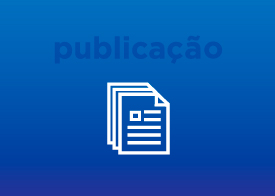Toward a Model for Personal Health Records Interoperability
Health information technology, applied to electronic health record (EHR), has evolved with the adoption of standards for defining patient health records. However, there are many standards for defining such data, hindering communication between different healthcare providers. Even with adopted standards, patients often need to repeatedly provide their health information when they are taken care of [...]
